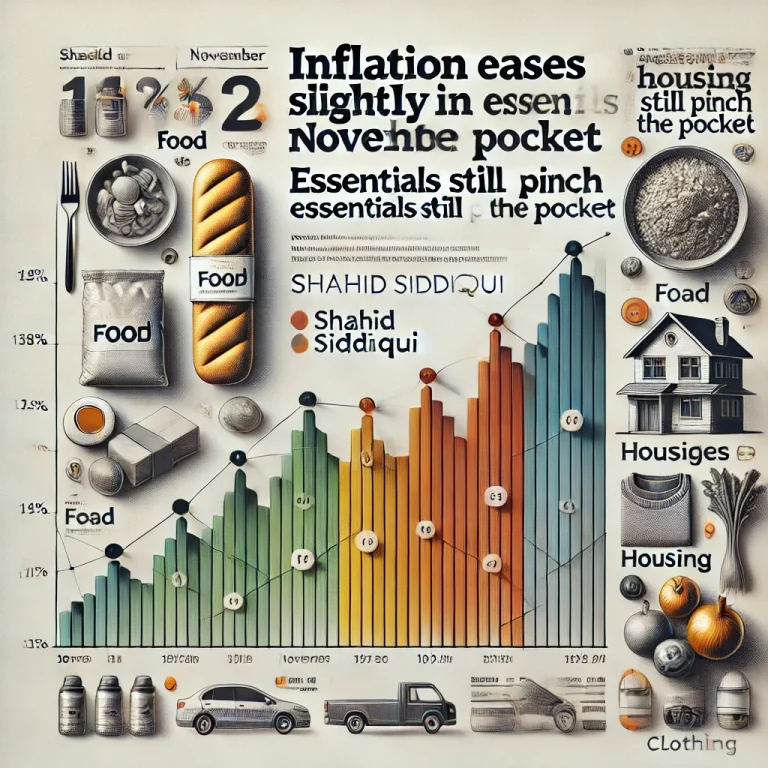Monetary Policy Reforms in Different Countries: A Comparative Analysis
Monetary policy is a critical tool for managing a country’s economy, and its framework varies across nations based on economic conditions, institutional structures, and policy objectives. Below is a detailed analysis of monetary policy reforms in India, the United States, the European Union, the United Kingdom, and New Zealand.
1. India: Inflation Targeting and the MPC
Background
- India adopted a formal inflation-targeting framework in 2016, following the recommendations of the Urjit Patel Committee (2014).
- The Monetary Policy Framework Agreement (MPFA) was signed in 2015, mandating the Reserve Bank of India (RBI) to maintain inflation at 4% (±2%) using the Consumer Price Index (CPI).
Key Features
- Monetary Policy Committee (MPC):
- Established in 2016, the MPC consists of six members (three from the RBI and three external members appointed by the government).
- Decisions are made by majority vote, with the RBI Governor having a casting vote in case of a tie.
- The MPC meets bi-monthly to set the policy repo rate.
- Inflation Targeting:
- The primary objective is price stability, with a focus on CPI inflation.
- The RBI is accountable to the government if inflation exceeds the target range for three consecutive quarters.
- Tools of Monetary Policy:
- Repo Rate: The rate at which the RBI lends to commercial banks.
- Reverse Repo Rate: The rate at which the RBI borrows from commercial banks.
- Cash Reserve Ratio (CRR): The percentage of deposits banks must keep with the RBI.
- Open Market Operations (OMOs): Buying and selling government securities to control liquidity.
Impact
- Inflation has largely remained within the target range of 4% (±2%) since 2016.
- The reforms have enhanced transparency and predictability in monetary policy.
Challenges
- Supply-side shocks, such as rising food and fuel prices, complicate inflation targeting.
- High interest rates to control inflation may sometimes stifle economic growth.
Reference : Monetary Policy Reforms (Committee for Reforms)
2. United States: Dual Mandate and the Federal Reserve
Background
- The Federal Reserve (Fed) is the central bank of the United States.
- The Fed operates under a dual mandate of price stability and maximum employment.
Key Features
- Federal Open Market Committee (FOMC):
- The FOMC is responsible for setting monetary policy.
- It consists of 12 members, including the seven members of the Federal Reserve Board and five Federal Reserve Bank presidents.
- Inflation Target:
- The Fed targets an inflation rate of 2% using the Personal Consumption Expenditures (PCE) index.
- Tools of Monetary Policy:
- Federal Funds Rate: The interest rate at which banks lend to each other overnight.
- Quantitative Easing (QE): Large-scale asset purchases to inject liquidity into the economy.
- Forward Guidance: Communication about future policy intentions to influence market expectations.
Impact
- The Fed’s dual mandate allows it to balance inflation control with employment generation.
- The Fed’s policies played a crucial role in stabilizing the economy during the 2008 financial crisis and the COVID-19 pandemic.
Challenges
- Balancing the dual mandate can be challenging, especially during periods of stagflation (high inflation and low growth).
- The Fed’s independence is sometimes questioned due to political pressures.
3. European Union: Price Stability and the ECB
Background
- The European Central Bank (ECB) is the central bank for the eurozone, which comprises 19 European Union (EU) member states.
- The ECB’s primary objective is price stability.
Key Features
- Governing Council:
- The Governing Council is the main decision-making body of the ECB.
- It consists of the six members of the Executive Board and the governors of the national central banks of the eurozone countries.
- Inflation Target:
- The ECB aims to keep inflation below but close to 2% over the medium term.
- Tools of Monetary Policy:
- Main Refinancing Rate: The rate at which banks borrow from the ECB.
- Asset Purchase Program (APP): Large-scale purchases of government and corporate bonds.
- Negative Interest Rates: Charging banks for holding excess reserves to encourage lending.
Impact
- The ECB has successfully maintained low inflation in the eurozone.
- The ECB’s policies have helped stabilize the eurozone economy during crises, such as the sovereign debt crisis of 2010-2012.
Challenges
- The eurozone’s diverse economies make it difficult to implement a one-size-fits-all monetary policy.
- The ECB faces criticism for its focus on price stability at the expense of growth and employment.
4. United Kingdom: Inflation Targeting and the Bank of England
Background
- The Bank of England (BoE) is the central bank of the United Kingdom.
- The BoE adopted inflation targeting in 1992 after exiting the European Exchange Rate Mechanism (ERM).
Key Features
- Monetary Policy Committee (MPC):
- The MPC consists of nine members, including the Governor of the BoE and external members appointed by the Chancellor of the Exchequer.
- The MPC meets monthly to set the Bank Rate.
- Inflation Target:
- The BoE targets an inflation rate of 2% using the Consumer Price Index (CPI).
- Tools of Monetary Policy:
- Bank Rate: The interest rate at which the BoE lends to commercial banks.
- Quantitative Easing (QE): Purchases of government and corporate bonds to inject liquidity.
- Forward Guidance: Communication about future policy intentions.
Impact
- The BoE has successfully maintained inflation close to the target rate.
- The BoE’s policies played a key role in stabilizing the UK economy during the 2008 financial crisis and Brexit.
Challenges
- The BoE faces challenges in balancing inflation control with economic growth, especially during periods of uncertainty like Brexit.
5. New Zealand: Pioneer of Inflation Targeting
Background
- The Reserve Bank of New Zealand (RBNZ) was the first central bank to adopt inflation targeting in 1990.
Key Features
- Policy Targets Agreement (PTA):
- The PTA is a formal agreement between the RBNZ and the government, setting the inflation target.
- The current target is 1-3% using the Consumer Price Index (CPI).
- Monetary Policy Committee:
- The RBNZ’s Monetary Policy Committee is responsible for setting the Official Cash Rate (OCR).
- Tools of Monetary Policy:
- Official Cash Rate (OCR): The interest rate at which banks borrow from the RBNZ.
- Forward Guidance: Communication about future policy intentions.
Impact
- New Zealand’s inflation-targeting framework has been highly successful, with inflation consistently within the target range.
- The RBNZ’s policies have contributed to economic stability and growth.
Challenges
- The small size of the New Zealand economy makes it vulnerable to external shocks, such as fluctuations in commodity prices.
6. Comparative Analysis
| Country | Central Bank | Primary Objective | Inflation Target | Key Tools |
|---|---|---|---|---|
| India | Reserve Bank of India | Price stability | 4% (±2%) | Repo rate, CRR, SLR, OMOs |
| United States | Federal Reserve | Price stability, employment | 2% (PCE) | Federal funds rate, QE, forward guidance |
| European Union | European Central Bank | Price stability | Below but close to 2% | Main refinancing rate, APP, negative rates |
| United Kingdom | Bank of England | Price stability | 2% (CPI) | Bank rate, QE, forward guidance |
| New Zealand | Reserve Bank of NZ | Price stability | 1-3% (CPI) | Official Cash Rate, forward guidance |

